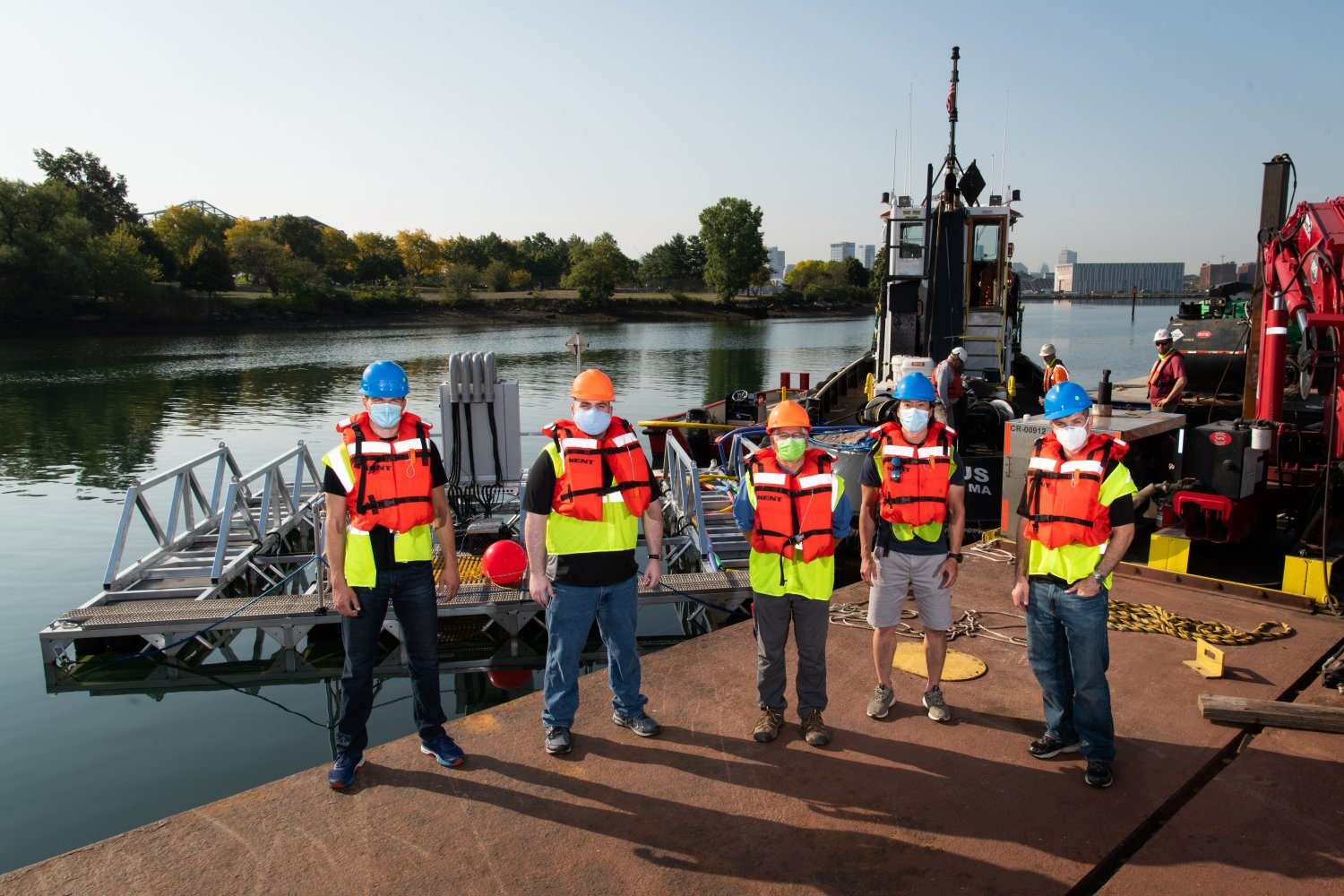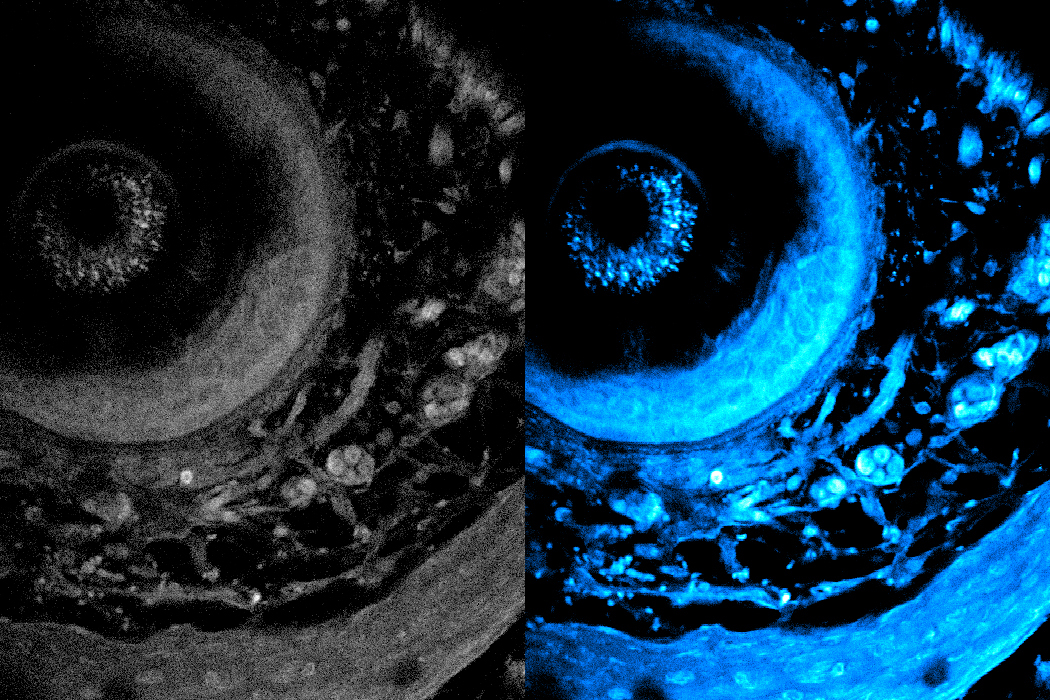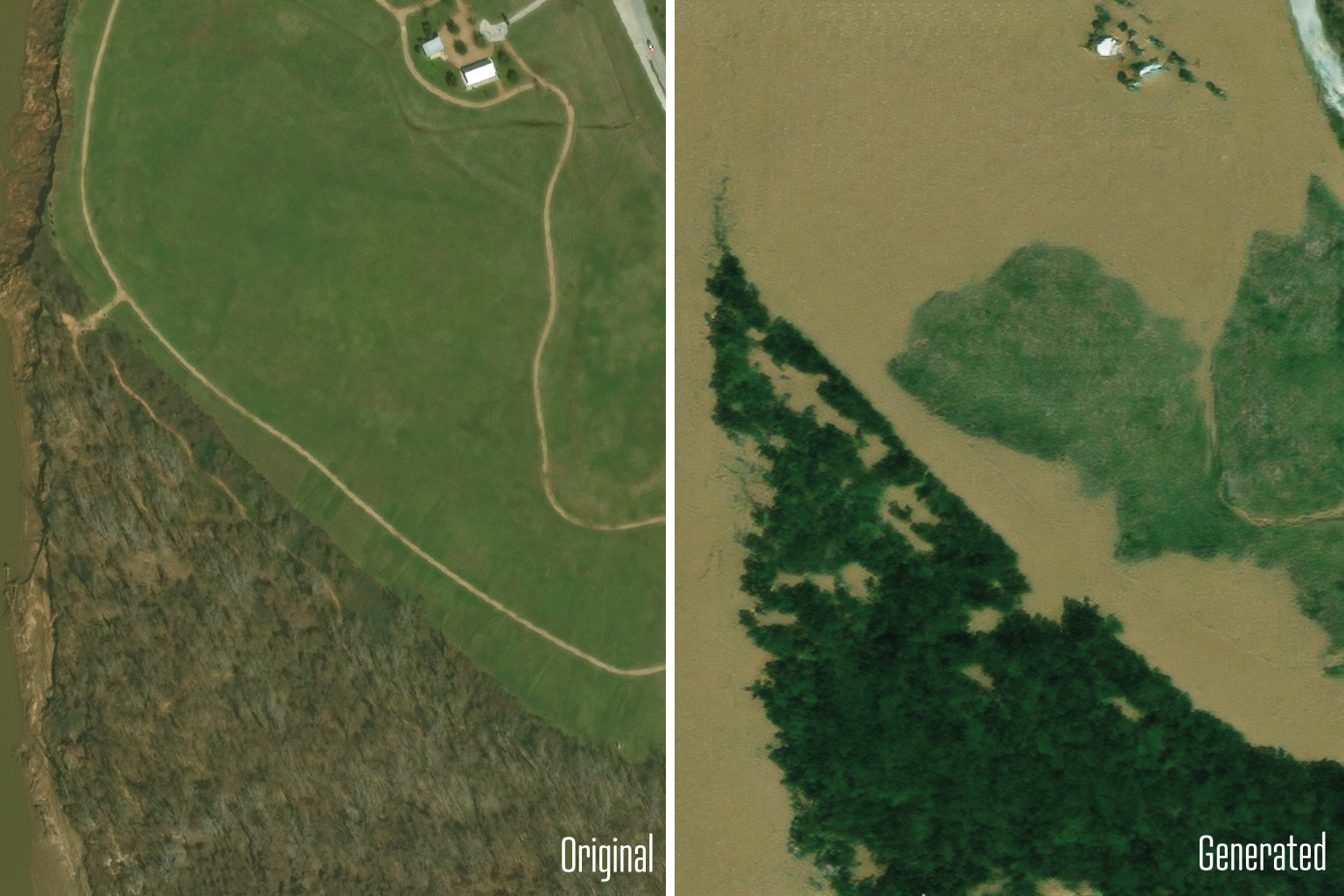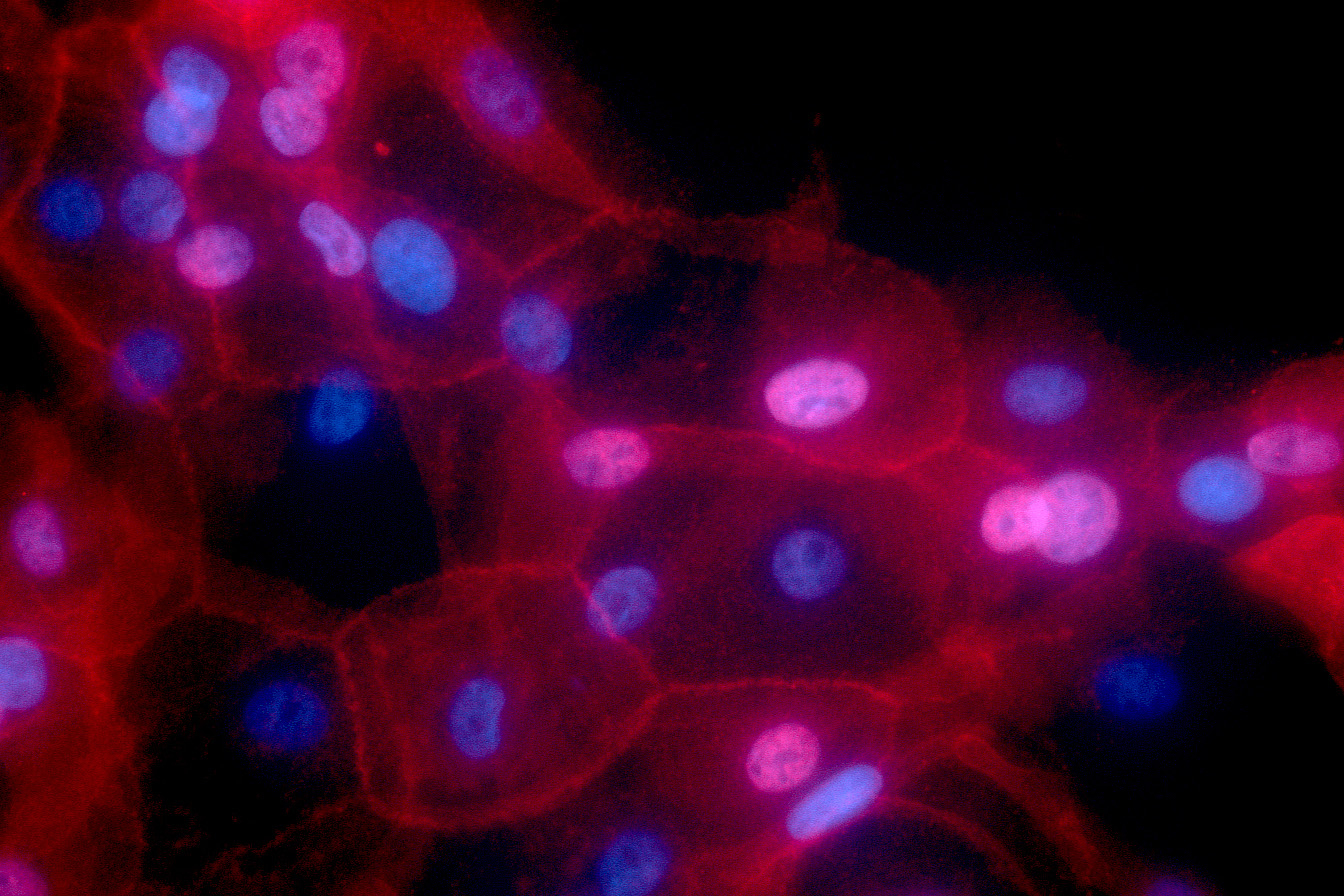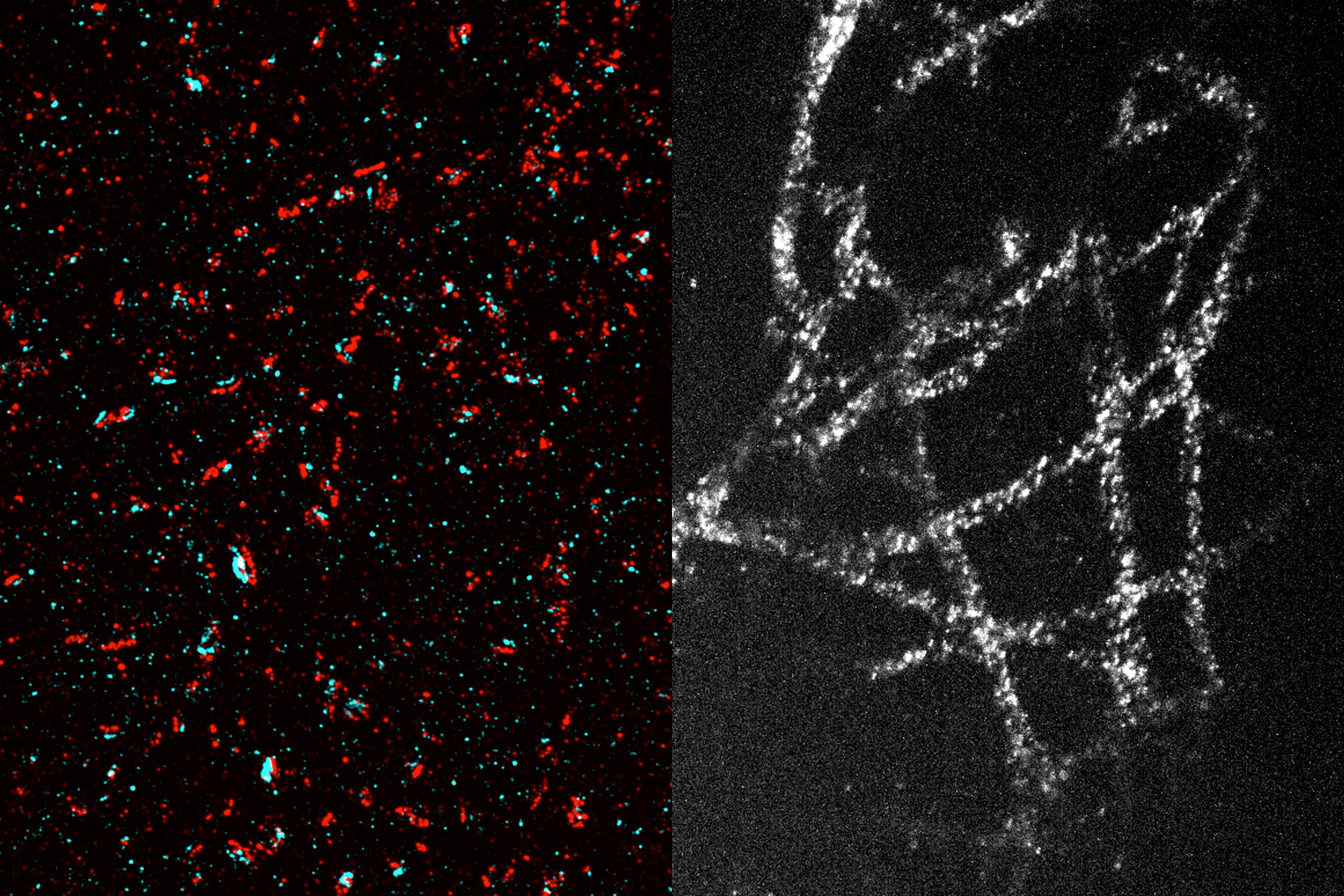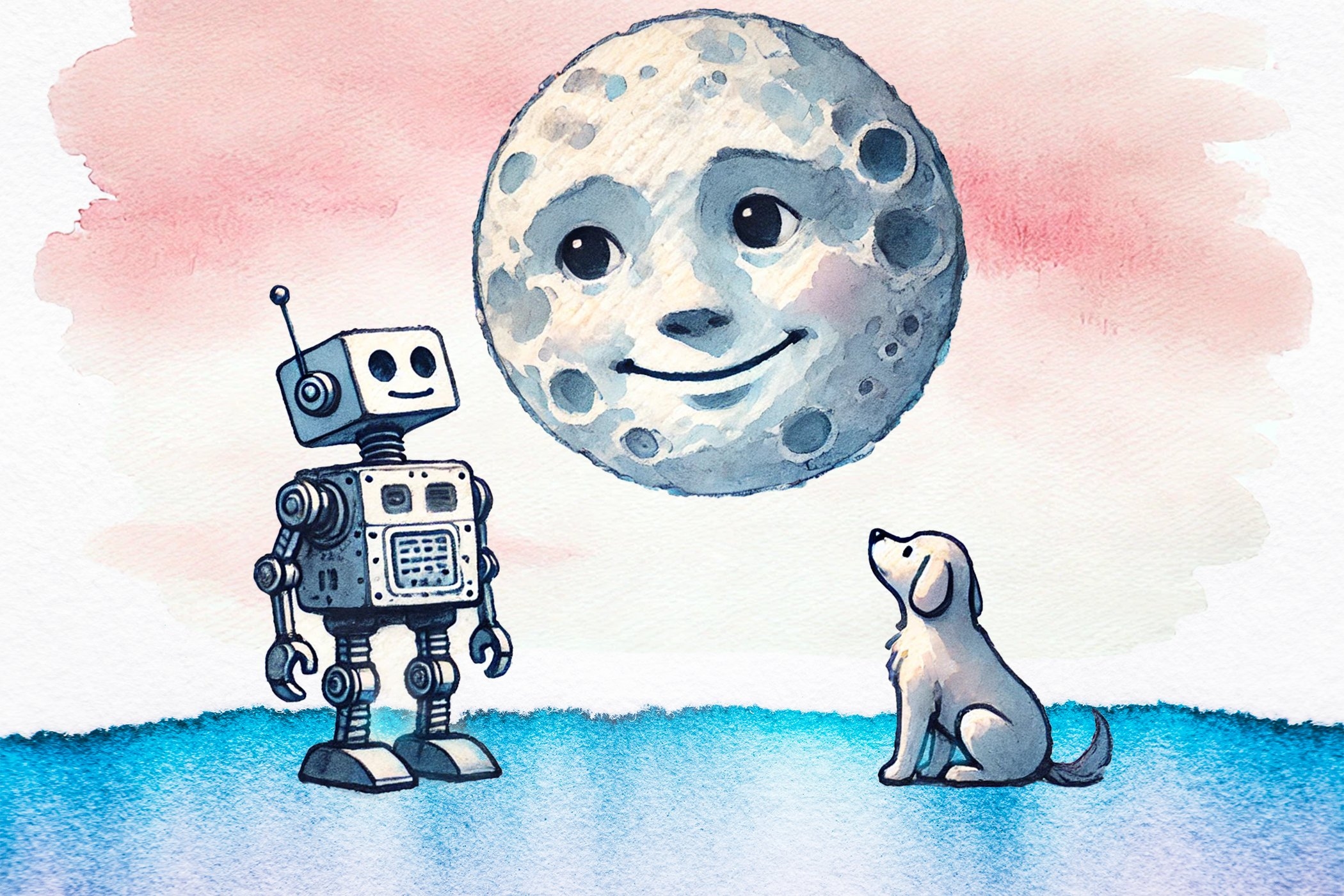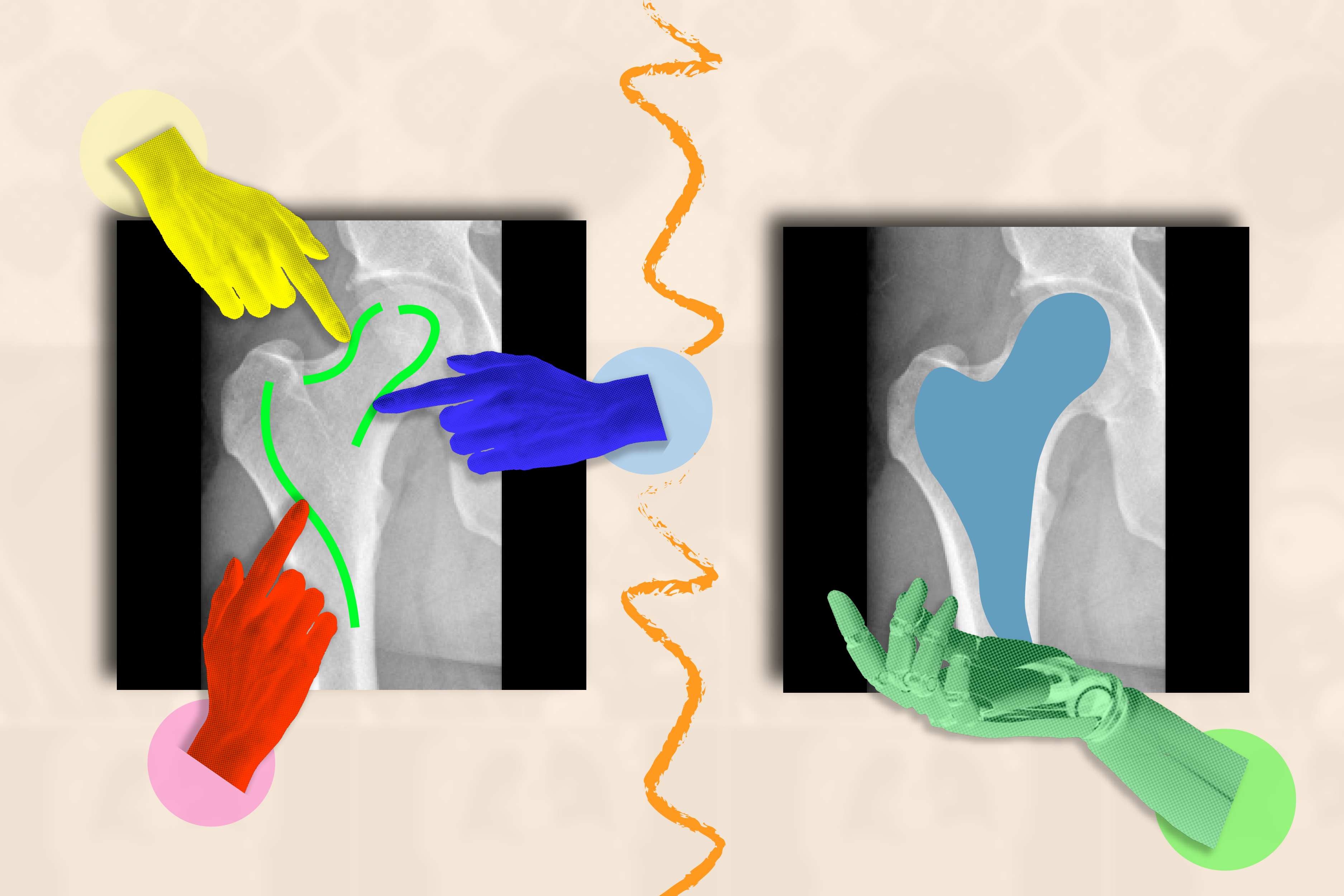AI could transform film visual effects. But first, the technology needs to address copyright debate
The technology holds huge potential for use in visual effects, but there are also risks for the industry.
Oct. 22, 2024 • ~7 min
Ultra-powered MRI scans show damage to brain’s ‘control centre’ is behind long-lasting Covid-19 symptoms
Damage to the brainstem – the brain’s ‘control centre’ – is behind long-lasting physical and psychiatric effects of severe Covid-19 infection, a study suggests.
Oct. 8, 2024 • ~6 min
AI pareidolia: Can machines spot faces in inanimate objects?
New dataset of “illusory” faces reveals differences between human and algorithmic face detection, links to animal face recognition, and a formula predicting where people most often perceive faces.
Sept. 30, 2024 • ~8 min
Scientists have figured out how to ‘see’ through mice – could humans be next?
Seeing through mouse skin is one thing, disappearing humans is something else entirely.
Sept. 27, 2024 • ~6 min
A fast and flexible approach to help doctors annotate medical scans
“ScribblePrompt” is an interactive AI framework that can efficiently highlight anatomical structures across different medical scans, assisting medical workers to delineate regions of interest and abnormalities.
Sept. 9, 2024 • ~8 min
/
42

